Quality control | Beverage producers aim to manufacture products of consistent quality that meet specifications. The prerequisite for this is a comprehensive quality analysis, not only during production, but also on the finished product. Quality control also includes the carbon dioxide content as it significantly contributes to the taste experience.
Brewing economics | A sustainable future for brewing: obiviously, everybody is for it – but how do you actually evaluate and implement sustainable brewing practices and procedures that not only resonate with consumers but also make sound business sense, both in the boardroom and in the brewery?
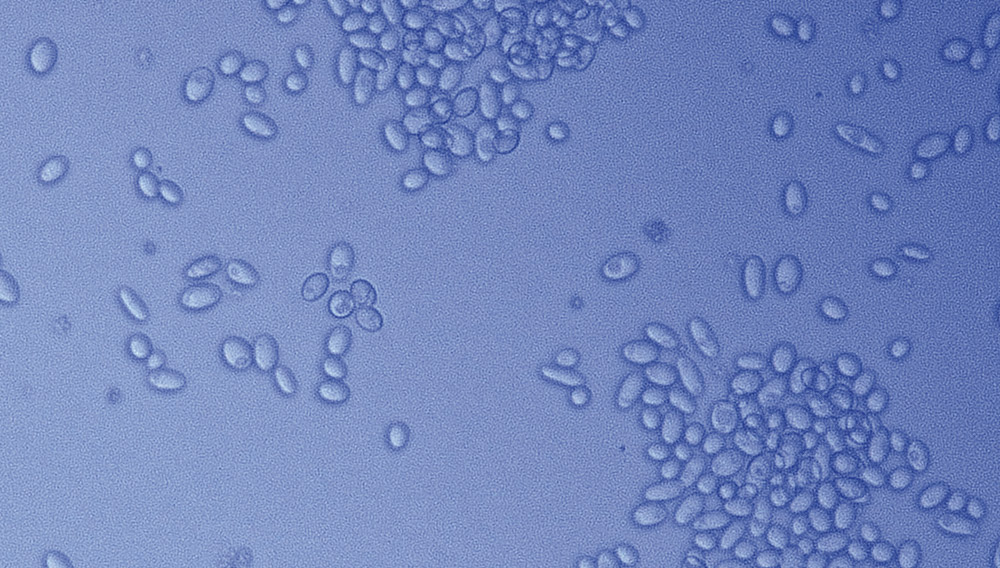
Over-attenuating yeast | At the turn of the century, hardly anyone in Germany was familiar with this yeast. Nowadays, Saccharomyces diastaticus has virtually become a household name, especially among craft brewers. Some use it to brew novel beers in the style of those from Belgium. Others, however, fear this yeast and despise it as a beer spoiler, conducting extensive analyses to detect the merest traces of its presence in an effort to eradicate it in their breweries.

Sustainable and economical | A new generation of conscious consumers has driven significant change in the brewing industry. High-quality beer is now available in a range of flavors and varieties that align with consumers’ expectations, including low-alcohol, alcohol-free and gluten-free beers. But taste is not the only driver of new product development; rising concerns over the environment mean that sustainably produced beer is fast becoming people’s top choice. Now the question is, how can brewers improve the sustainability of their processes and end products to meet demand while also continuing to work economically?
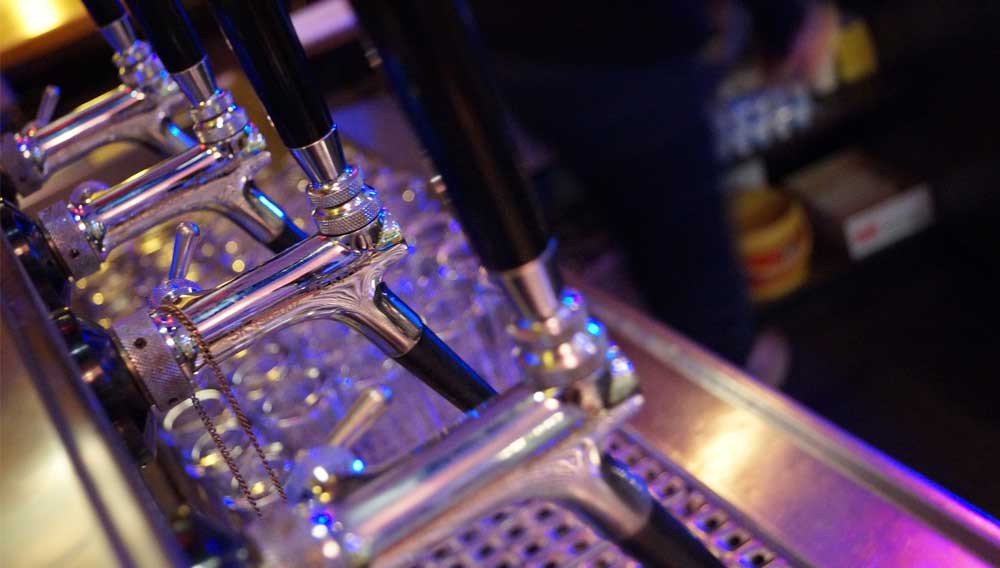
Pros & Cons | The basic layout of a dispensing system has already been discussed in the article „Dispensing System Design: Keg Coupler, Hose, Faucet – Finished?“ [1]. Based on this premise, the present article discusses the details of various options for setting up a dispensing system, along with their major advantages and disadvantages. It must be stated up front that a perfect dispensing system does NOT exist – however, there is an optimal solution for every situation.
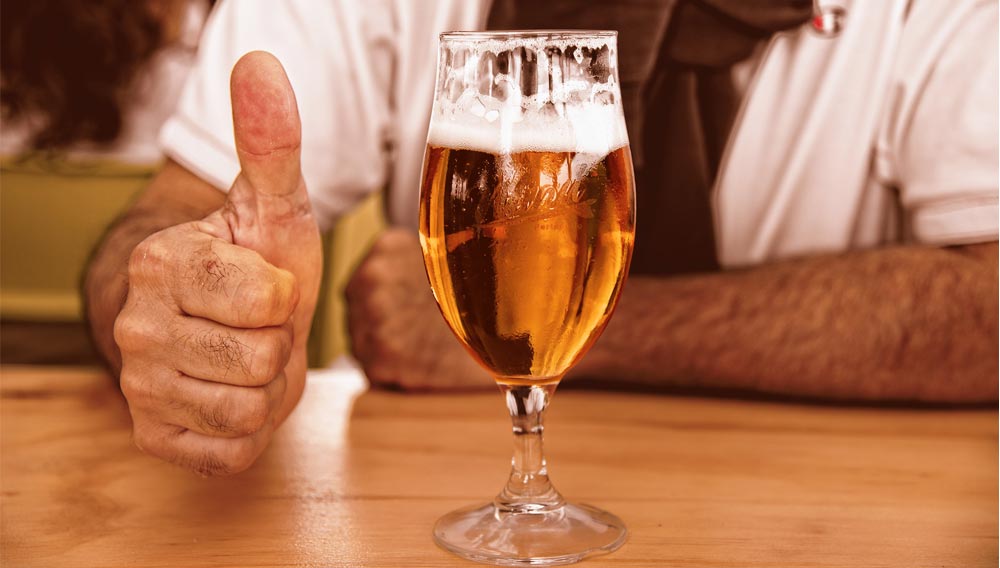
Clear enjoyment | Who would not enjoy a clear, cool beer? The authors hope that everyone can continue to simply enjoy it so they focused their research on an approach for monitoring and quality control in beer production based on optical scattering methods, with the aim of developing a simple and flexible measurement instrument for in-line monitoring. The instrument presented could be installed directly in product plants or vessels and used for checking CIP procedures.

Fibres and perlites | The efforts to establish alternative filtering aids in precoating filtration have already extended over several decades. With its approach involving compressible filtering aids, Krones AG, Germany, has now successfully completed an upscaling project in the Schussenrieder Brewery.
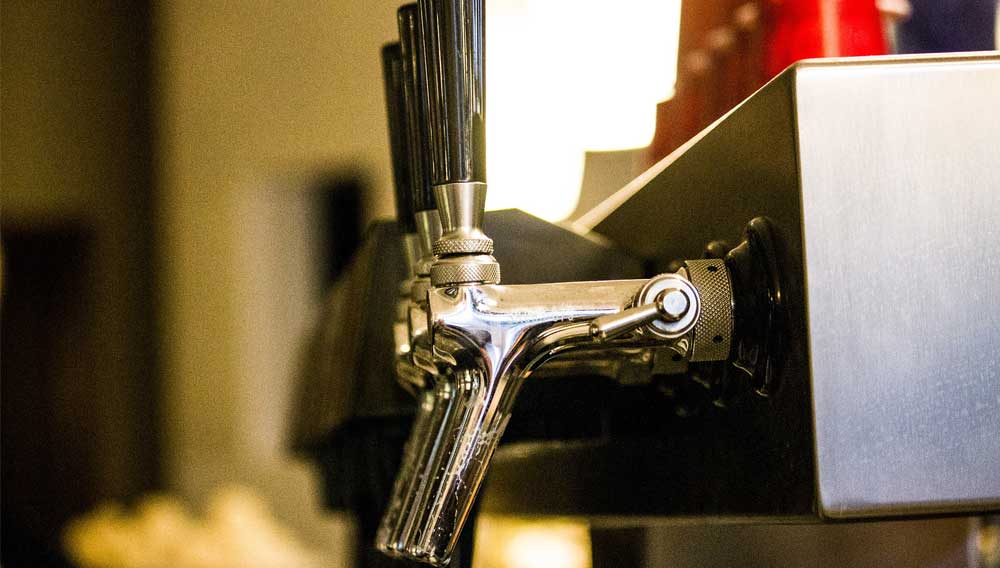
A COMPLEX ISSUE | The design of a dispensing system is the foundation of any future operation involved in serving beer on tap. Decisions have to be made early on that often determine whether a business will succeed or fail. Some of these decisions concern, in particular, the physics of dispensing. A second, crucial point is also already present in the layout and construction of a dispensing system, namely the ease with which the system can be cleaned. This is one ramification of good hygienic design of a dispensing system. This article discusses these aspects and describes the negative outcomes if these crucial points are not taken into consideration.
Starch breakdown | Modern analytical quality assurance in breweries covers a complex spectrum of tasks. Based on typical applications, this series of articles describes analytical approaches for evaluation of various processing problems in brewing unit operations, as well as possibilities for early identification of potential upset sources and prediction of product stability.
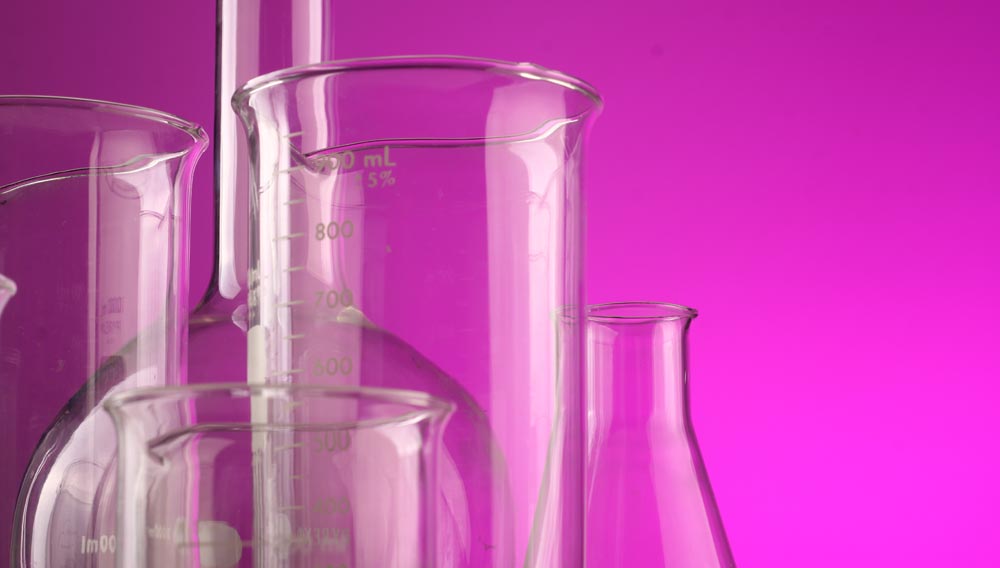
Focus on brewers’ yeast | Microbiological detection of foreign yeasts in the brewing process is an important part of hygiene monitoring in breweries. A novel DNA extraction and Real-Time PCR process might help here. This process can reliably detect S. cerevisiae var. diastaticus contamination, without previous enrichment.

Rapid and reliable | Detecting yeasts that are detrimental to beverages is essential when ensuring the microbiological quality of the brewing process and finished products. In the current study, the growth characteristics of all important types of spoilage yeast were comprehensively analyzed under selective and non-selective enrichment conditions. The optimal duration of pre-enrichment for sensitive detection by real-time PCR as well as factors interfering with spoilage yeast growth could be determined.



